Acquiring an Aspen Vacation Rental: Deep Strategy
Establishing a clear acquisition strategy is the first step toward identifying and securing the right vacation rental in Aspen. Begin by clarifying your intent for ownership: Will the property serve as a seasonal sanctuary for personal use, or is it intended to function as a revenue-generating asset with consistent guest turnover? That decision will shape everything from interior configuration to maintenance protocols and marketing approach. For investment-focused buyers, prioritize features that accommodate frequent occupancy cycles—such as dual laundry areas, segmented living zones, and layouts that support privacy for multiple groups.
Next, align your goals with Aspen’s occupancy patterns and guest behavior trends. While winter remains the dominant draw, recent years have seen a rise in long-stay bookings during shoulder seasons, particularly from remote professionals and multi-generational travelers. Understanding these shifts helps inform acquisition criteria such as high-speed connectivity, flexible workspace areas, and proximity to year-round amenities like trail systems or cultural venues. Properties that offer a balance of leisure and utility are now outperforming those built solely for seasonal surge.
Table of Contents
- Strategic Property Selection and Evaluation
- Define Your Investment Strategy
- Understand Local Regulations and Permits
- HOA and Building-Level Restrictions
- Focus on Market Trends and Income Potential
- Select and Negotiate the Right Property
- Final Thoughts from Ryan Schwartz

Strategic Property Selection and Evaluation
When evaluating prospective homes, consider how the property performs both spatially and operationally across different guest types. Visit listings at varied times to assess microclimate, light quality, and ambient activity levels—especially in areas near community centers or resort bases. In hillside neighborhoods or ranch-style inventory, evaluate driveway access, emergency service reach, and visibility during winter months, which impact both bookings and guest satisfaction.
Inspections should extend beyond standard mechanical reviews. In Aspen’s variable climate, buyers should request assessments of snow load engineering, window seals under freeze-thaw conditions, and backup systems for heat and power. Homes with integrated environmental controls—such as whole-house humidifiers, solar gain mitigation, and smart thermostats—tend to offer better longevity and lower operational surprise. For properties transitioning into rental use, pre-purchase evaluations focused on STR compliance—such as egress windows, code-compliant detectors, and localized zoning overlays—are essential.
Structuring the Purchase for Long-Term Success
Financing a luxury vacation home in Aspen often requires tailored solutions that reflect both the property type and the borrower’s asset profile. Some regional banks and private lenders offer secondary home financing with flexible underwriting tied to projected rental performance or liquid asset reserves. These programs may also accommodate unique title structures, including family trusts or multi-entity ownership—provided they align with the city or county’s permitting standards. To avoid conflicts, buyers should consult legal counsel to ensure the ownership format is compatible with local licensing and STR application requirements.

Buyers acquiring a home under a corporate entity must account for the city’s permit eligibility rules, which often limit applications to individuals with verifiable residency. In neighborhoods with STR caps or waitlists, securing a transferable permit or verifying prior use history becomes critical to maintaining revenue continuity. Professional guidance during due diligence can clarify whether a property’s zoning permits immediate rental activity—or whether the buyer will need to wait through a permitting queue or meet primary residence thresholds.
When negotiating a transaction, evaluate not only the price and condition but also the operational handover. Homes with curated furnishings, documented rental performance, and existing STR permits offer an accelerated pathway to income. In contrast, unfurnished properties or those transitioning from private use may require a 60–90 day setup phase for outfitting, photography, branding, and software onboarding. During this period, investors should prioritize assembling a local operations team—property manager, cleaning contractor, and guest support coordinator—to ensure a seamless launch into Aspen’s competitive rental calendar.
Define Your Investment Strategy
The foundation of a successful acquisition in Aspen’s luxury vacation rental market begins with a disciplined investment strategy. Every decision—property type, location, design choices—flows from a defined intent that accounts for both lifestyle priorities and financial objectives. Whether the goal is to establish a long-term legacy asset, generate passive income while enjoying seasonal use, or acquire a high-performance rental to diversify portfolio returns, the clarity of purpose will shape everything downstream—from property selection to financing terms.

Buyers seeking income-forward opportunities often prioritize neighborhoods with unrestricted STR licensing and proven seasonal performance, such as Snowmass Village and select zones near Lift 1A. These areas support robust booking calendars, particularly for homes that offer ski access, concierge services, or multi-family layouts conducive to group stays. By contrast, those aiming for capital preservation or multi-generational use may consider properties farther from the core, where architectural exclusivity and land scarcity drive long-term appreciation. Purpose-built estates in East Aspen or Woody Creek, for example, provide privacy and scale, often with zoning that allows added flexibility for legacy planning or event-based income.
Establishing Financial Parameters
A thorough capital plan in Aspen must account for more than the list price. Buyers should model total cost of ownership—including one-time expenses such as 1.5%–2% transfer taxes and ongoing liabilities like property taxes (often recalibrated post-sale), utility premiums tied to altitude climate control, and premium insurance coverage for high-elevation risks. In resort-style complexes, HOA dues often reflect extensive services—ranging from 24/7 security to snowmelt systems—so monthly assessments can exceed $4,000, particularly in ski-in/ski-out residences with shared amenities.
Financing options vary widely. For buyers intending to rent, institutions familiar with the Aspen vacation rental market may offer tailored second-home lending products with flexible terms tied to anticipated rental income or asset-backed reserves. These loan structures often bypass standard DTI calculations, instead focusing on liquidity and global cash flow. Investors using LLCs or family trusts must ensure the ownership entity aligns with eligibility requirements for STR licensing, which often necessitate natural person identification and documented primary use under local ordinances.
Projecting Performance and Managing Risk
Rental performance in Aspen varies sharply by season, property type, and guest profile. A contemporary 3-bedroom condo in the Central Core may yield 5-figures monthly during peak ski weeks, while the same home may generate just 4-figures in May or October. Accurate forecasting hinges on occupancy patterns, rate segmentation between weekdays and weekends, and the property’s amenity set. Homes featuring private hot tubs, chef-grade kitchens, and curated interiors often command higher nightly rates and longer stays, particularly when paired with professional management offering concierge-level guest service.

Beyond revenue modeling, investors should plan for operational and regulatory friction. Management fees typically range from 20–30% of gross bookings, and cleaning turnover can add $400–$1,000 per reservation depending on property size and service level. In addition to standard liability and property insurance, Aspen-area homes may require specialized riders for wildfire coverage, avalanche zones, or high-value furnishings. Those focused on risk-adjusted returns often deploy a hybrid use model—reserving personal occupancy for shoulder periods while maximizing rental exposure during high-demand windows—allowing for both lifestyle enjoyment and capital efficiency.
A strategic approach to acquisition in Aspen should integrate both market intelligence and ownership logistics. Investors who align their purchase with zoning realities, seasonal demand, and operational readiness are better positioned to optimize both return and use.
Understand Local Regulations and Permits
Navigating Aspen’s short-term rental (STR) framework requires careful attention to zoning overlays, permit classifications, and enforcement timelines. These regulations vary not only by neighborhood but sometimes by parcel or building—meaning two adjacent properties may fall under entirely different operational standards. Regulatory compliance is a baseline requirement in this market; it directly influences acquisition timelines, occupancy rights, and future appreciation potential.
Permit Classifications and Eligibility
Aspen’s STR permitting system is defined by distinct categories, each with its own operational limits and qualifying criteria:
- Lodging Exempt Permit: Reserved for properties operating within defined lodging zones—typically resort-managed or condo-hotel buildings. These properties are not subject to nightly caps or zone-based quotas and benefit from streamlined tax reporting and batch licensing.
- Classic STR Permit: Structured for non-owner-occupied homes located in residential districts. This permit allows unrestricted rental nights, but the city limits the total number issued per zone. New applicants in capped areas must join a waitlist, which may remain closed for extended periods depending on turnover and city council policy changes.
- Owner-Occupied STR Permit: Available to primary residents using their home part-time as a vacation rental. The city requires verified residency documentation, and usage is limited to a maximum of 120 nights per calendar year. This permit type suits buyers prioritizing personal use while offsetting costs with supplemental income.
For more info on regulations and permitting visit these websites:
- https://aspen.gov/1407/Short-term-Rentals
- https://aspenchamber.org/membership/your-chamber-info/boards-and-committees/public-affairs-committee/str
Buyers considering non-traditional ownership structures—such as family trusts, single-member LLCs, or joint ventures—must ensure the permit application includes a named individual who meets the city’s identity verification requirements. Documentation must demonstrate clear control and accountability, particularly in cases where the property is managed by a third-party or held in an entity without a designated occupant.
HOA and Building-Level Restrictions
Many of Aspen’s most desirable properties—particularly downtown condominiums and ski-in/ski-out residences—are located within buildings governed by homeowner associations. These HOAs often implement rules that exceed city regulations, including blackout periods during peak events, mandatory check-in protocols, or exclusive agreements with preferred rental managers. Some associations also require pre-approval for marketing materials, guest background checks, or noise monitoring devices to maintain building standards.
Investors should request up-to-date copies of HOA bylaws, meeting minutes, and enforcement histories. Look for clauses that restrict subleasing, limit the number of units that can operate as STRs at any given time, or impose surcharges for transient occupancy. In some luxury buildings, HOA boards have discretion to deny rental activity entirely—even when municipal regulations allow it. In these cases, even a fully permitted property may face practical limitations on income potential or guest scheduling.
Tax and Inspection Requirements
All STRs in Aspen are subject to layered tax obligations, including a base sales tax and an additional lodging tax, which together can exceed 11%. In Snowmass Village and other resort-designated zones, additional assessments may apply, such as marketing district fees or transportation taxes that fund ski transit and infrastructure. These levies must be collected, reported, and remitted monthly, and failure to comply can result in permit revocation or backdated penalties.
Before a new permit is issued, properties must undergo compliance checks conducted by city-appointed inspectors. These evaluations go beyond fire and life safety—they also review snow load mitigation, accessibility in winter conditions, external lighting, and emergency egress in high-altitude environments. In homes with recent renovations or unique architectural features, supplemental documentation such as as-built permits or engineering certifications may be required to validate code adherence.
The city uses a data-driven enforcement model that includes scraping rental platforms (like Airbnb) for unlicensed listings, cross-referencing tax submissions, and responding to neighborhood complaints through formal review channels. Frequent violations can trigger a suspension period, during which no rentals may occur—impacting revenue cycles and insurance coverage. To maintain uninterrupted operations, owners should establish internal systems for tracking compliance dates, inspection renewals, and guest communication protocols tailored to local standards.
Focus on Market Trends and Income Potential
Understanding Aspen’s rental performance patterns is essential for identifying properties that consistently outperform. This is not a static market—occupancy rates, seasonal demand, and guest expectations shift throughout the year, often influenced by event calendars, snowpack conditions, and emerging travel trends. Investors who adapt to these dynamics with agility and insight are more likely to build a high-yield portfolio.
Seasonal Revenue Dynamics
Winter drives the bulk of annual rental revenue in Aspen, propelled by elite ski travelers and holiday demand. Prime weeks in December and January often book out months in advance, with renters seeking curated experiences—chauffeured access to private ski lessons, in-home chefs, and seamless slope connectivity. Properties near lift access points or within Aspen’s lodging districts are especially valuable, offering owners the ability to charge premiums for location and service integration.
In contrast, the summer season has evolved into a sophisticated draw for culture-centric travelers. Events like the Aspen Ideas Festival, Food & Wine Classic, and outdoor concerts at the Benedict Music Tent bring a steady stream of visitors from June through September. Properties with outdoor kitchens, shaded patios, or access to trailheads now outperform others during this window. Homes that combine these features with elegant interiors often appeal to multi-week guests who prefer immersive, extended stays.
Design and Amenity-Driven Differentiation
Guest expectations in Aspen exceed the standard luxury checklist. Travelers increasingly seek homes that deliver both aesthetic refinement and functional advantages. Top-performing residences feature cohesive design architecture—think sculpted millwork, hand-troweled plaster walls, and custom stone surfaces—paired with intentional layouts that create privacy and flow for groups of all sizes. Natural light, spatial contrast, and bespoke art curation now play as critical a role as square footage.
Amenities have also shifted from conventional to experiential. Properties with features such as cold plunge pools, spa-inspired bathrooms, outdoor infrared saunas, and built-in fire dining installations achieve stronger midweek fill rates and command longer minimum stays. Tech-forward homes—those with solar integration, whole-home air purification, and voice-activated environmental controls—not only attract premium guests but also reduce long-term operating costs. These differentiators elevate a property beyond the standard inventory and contribute to higher ROI across all seasons.
Operational Infrastructure and Long-Term Value
Effective property operations require more than routine maintenance—they demand strategic hospitality. In Aspen’s ultra-premium rental segment, reputation, service consistency, and brand alignment often define a property’s success. Property management teams that emphasize elevated guest experiences—private concierge onboarding, pre-arrival provisioning, and curated activity itineraries—build repeat business and justify top-tier pricing. These personalized services increase guest retention while reducing vacancy windows, particularly in shoulder seasons.
From a resale perspective, homes with active short-term rental permits, documented income history, and transferable management contracts hold significant leverage. Properties within mature, high-barrier neighborhoods—such as Central Core, West End, and select ski-access zones in Snowmass—demonstrate resilience even during market fluctuations. Buyers focused on five- to ten-year holds often prioritize homes with limited nearby development and strong historical appreciation, as these factors contribute to predictable value growth. Monitoring neighborhood-level shifts—like changes in permit caps, infrastructure projects, or branding initiatives—ensures that the investment remains aligned with both current trends and future positioning.
Select and Negotiate the Right Property
The selection process in Aspen’s high-end vacation rental market is as strategic as it is personal. Once you've narrowed your target neighborhoods and aligned your acquisition with short- and long-term objectives, focus shifts to live variables—how the property functions under real-world conditions, what it offers beyond the listing, and how it integrates into the broader guest experience. Observing a home across different hours of the day allows insight into its lived atmosphere: morning light patterns, late-day traffic flow, and the rhythm of surrounding homes that could influence peace or privacy.
Topography and access are especially relevant in this terrain. Evaluate how the site performs under snowfall—particularly in terms of road grade, sun exposure for natural melting, and proximity to snow-removal routes. Properties with unheated exterior stairs or long driveways without snow melt systems could add logistical friction for guests and increase operating costs. Similarly, homes built on ridgelines or steep lots may offer views but require careful consideration of wind exposure and winter ingress reliability.
Inspections and Due Diligence
Inspections in Aspen must account for localized stressors that may not surface in standard assessments. Prioritize property-specific diagnostics like slab humidity readings in basements and crawl spaces, radon testing in lower elevations, and energy modeling for sustainable performance across seasons. Structural elements exposed to freeze-thaw cycles—such as stone patios, retaining walls, and exterior cladding—should get special scrutiny, especially in homes built prior to updated building codes in hillside zones.

In properties with high-end systems—geothermal heating, humidity-controlled wine storage, or retractable glass façades—request service logs and manufacturer documentation. For recently built homes, ask for mechanical commissioning reports and blower door test results to verify energy efficiency. Builders should offer documentation of snow load calculations and drainage planning, especially for homes with flat or low-pitch roofs where accumulation risk is higher. These specifics can shape long-term maintenance budgeting and impact how your property performs as a rental in off-peak and severe weather conditions.
Negotiation in a Premium Market
In Aspen’s luxury segment, negotiation hinges less on price per square foot and more on the total value proposition. Properties entering the market without STR permits, with limited rental history, or with non-conforming features—such as grandfathered easements or unpermitted accessory structures—create space for strategic negotiation. Contract terms can be adjusted to include post-closing improvements, seller-paid permit applications, or phased occupancy based on forecasted rental income.

Furnishings often come bundled, but rarely optimized. Instead of accepting inventory as-is, evaluate whether the design aligns with the travel segment you plan to serve. Scandinavian-style minimalism may appeal to wellness travelers, while moody alpine interiors resonate more with winter clientele. A curated refresh—whether through staging credits or seller-funded upgrades—can bridge this gap and elevate the property’s rental profile. When negotiating, consider requesting itemized inventories and replacement values on key furniture and artwork to properly assess what adds value and what adds liability.
Engage realtors (like Ryan Schwartz) with hyper-local experience monitors not only market comps but also infrastructure projects, development applications, and pending land use changes. In a market where zoning overlays, STR permitting quotas, and historic preservation districts intersect, insights from land-use consultants, private appraisers, or permit specialists provide strategic advantage. Like we offer at Aspen Real Estate, this level of guidance informs pricing, compliance, and long-term viability in a way that general counsel or standard brokerage services cannot.
Final Thoughts from Ryan Schwartz
In Aspen, the highest-performing vacation rentals are increasingly defined by their ability to deliver tailored, experience-driven environments. As discerning travelers seek more than just accommodation, homes that support immersive living—through wellness amenities, curated interiors, and seamless indoor-outdoor transitions—set themselves apart. Functionality must meet aspiration; properties designed with purpose-built spaces for meditation, fitness, or private dining are now outperforming those that simply meet baseline luxury expectations.
Regulatory awareness is no longer a check-the-box exercise—it has become a strategic function of ownership. Investors who build compliance into their acquisition and operational models are better equipped to maintain uninterrupted rental activity and preserve asset liquidity. This includes understanding evolving waitlist structures, leveraging primary residency exemptions when appropriate, and aligning title structures with permit eligibility requirements. Staying agile in a regulated environment ensures not just legality, but long-term competitiveness.
As Aspen continues to draw a more diverse and international audience, properties that can serve multiple guest archetypes without significant reconfiguration gain an operational edge. Homes that accommodate remote professionals, host wellness retreats, or serve as event-friendly venues capitalize on emerging travel patterns while supporting sustained appreciation. The most resilient assets are not those locked into a single use case—but those that offer architectural flexibility and programming versatility across all four seasons.
Whether you're seeking a private alpine retreat or a high-performing investment, finding the perfect vacation rental in Aspen starts with informed, strategic decisions. With so many nuances in zoning, property types, and seasonal demand, having a trusted advisor by your side can make all the difference.
Contact Ryan Schwartz for professional guidance in buying or selling luxury real estate—we're here to help you navigate Aspen’s exceptional market with confidence and discretion.


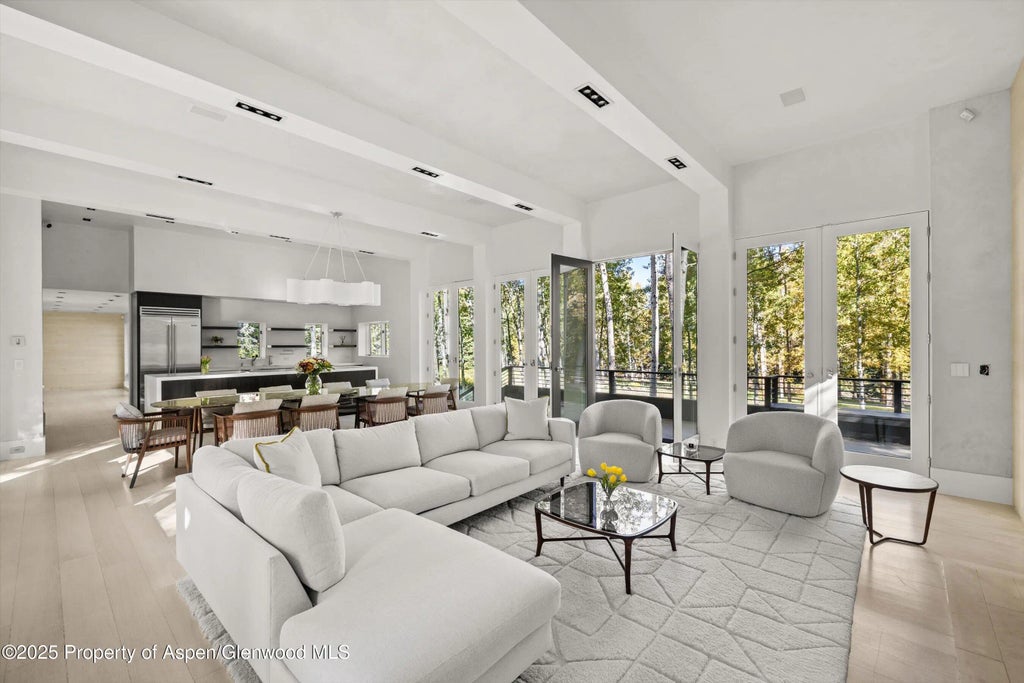
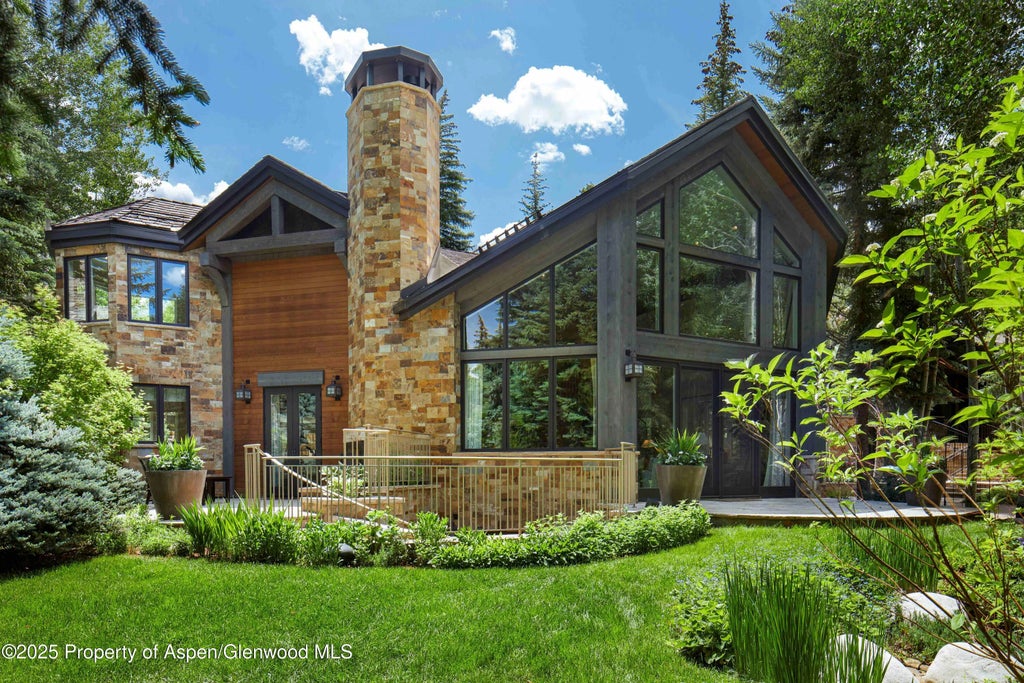
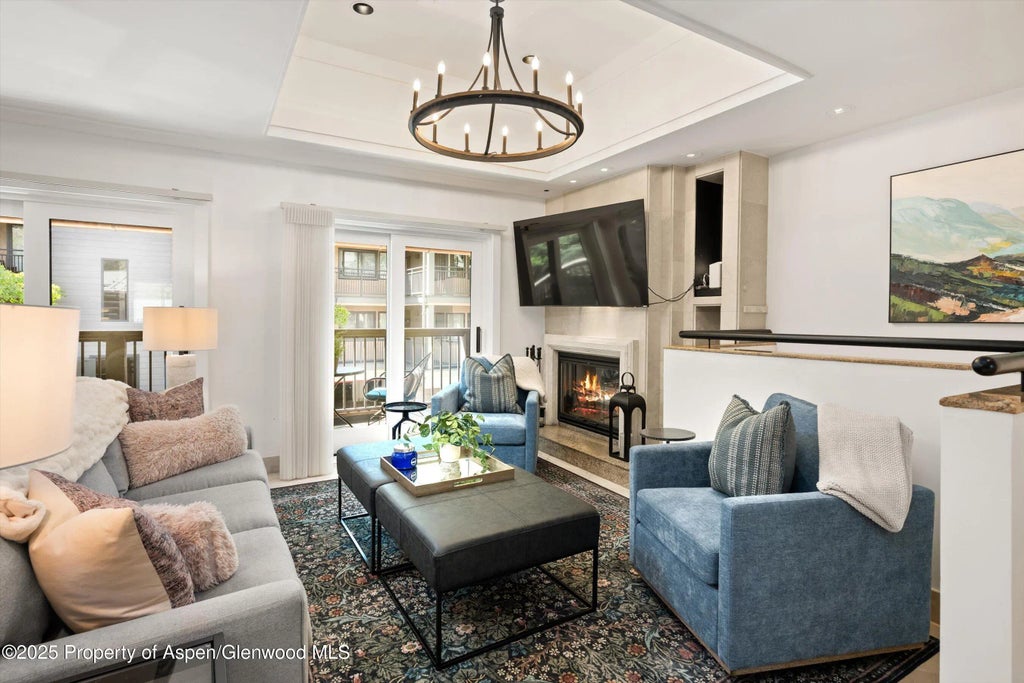
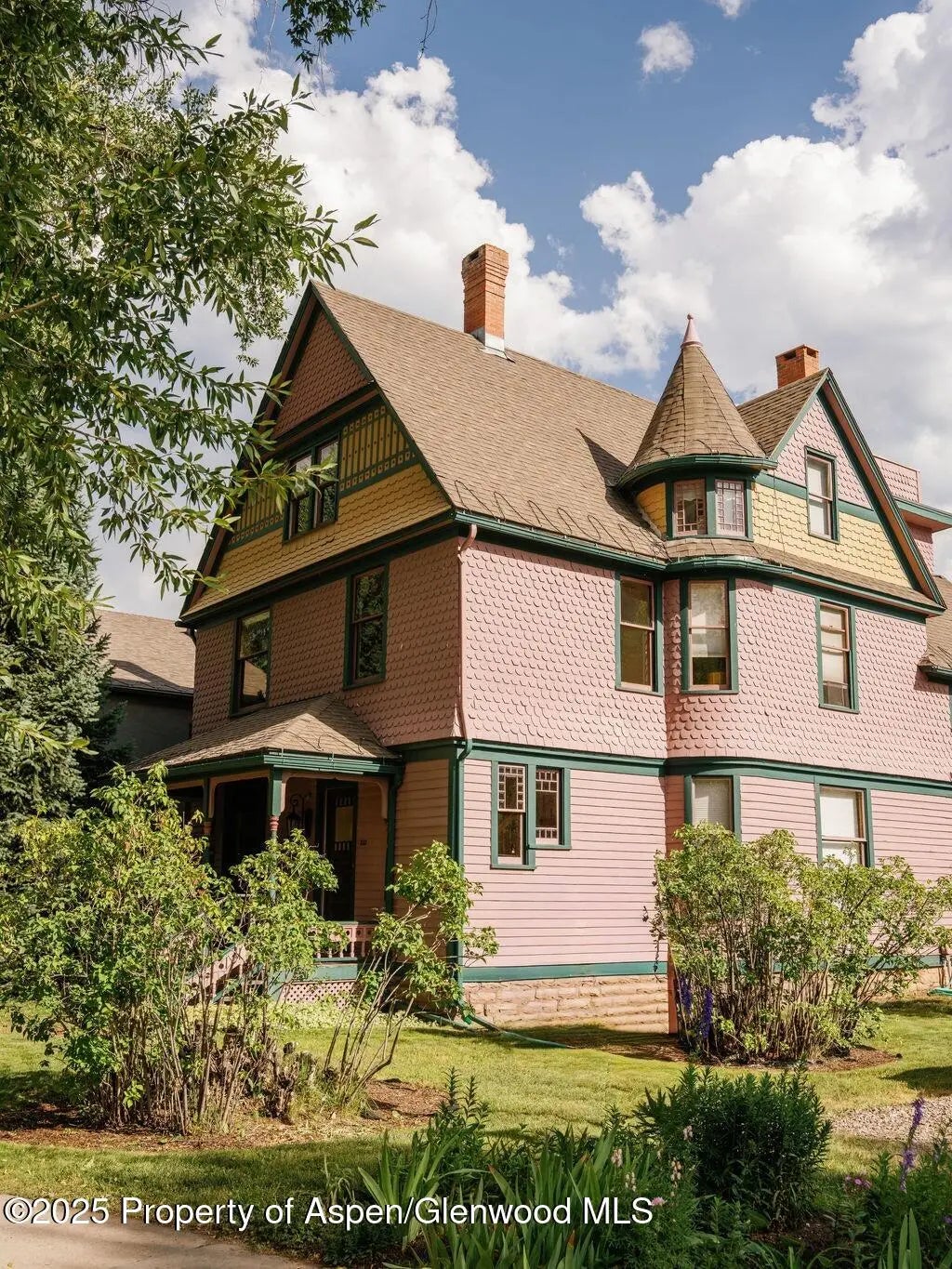
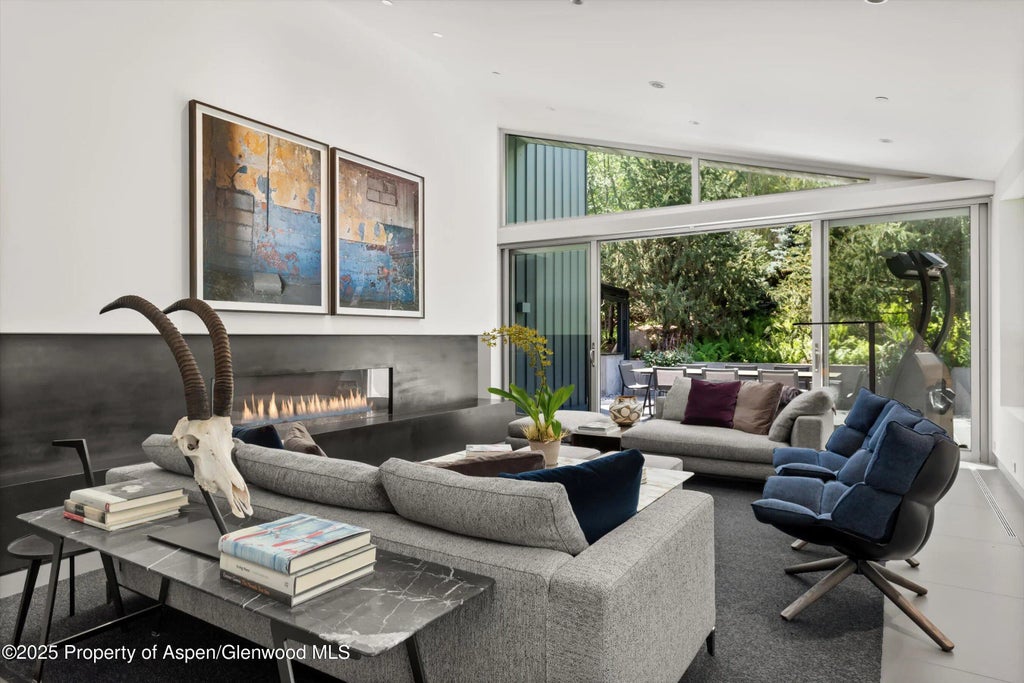
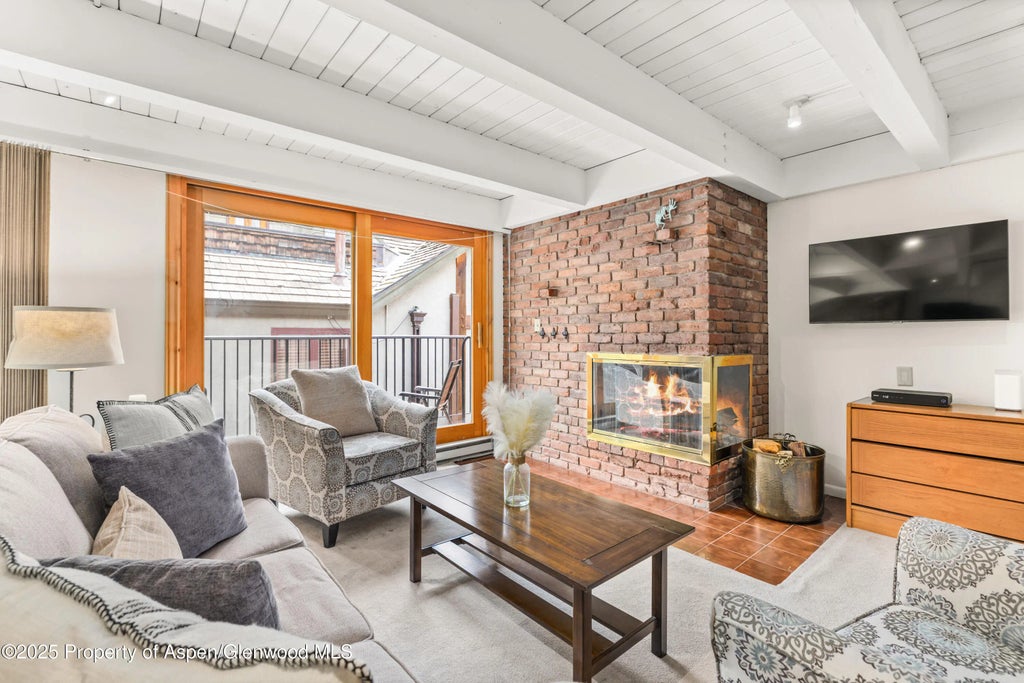

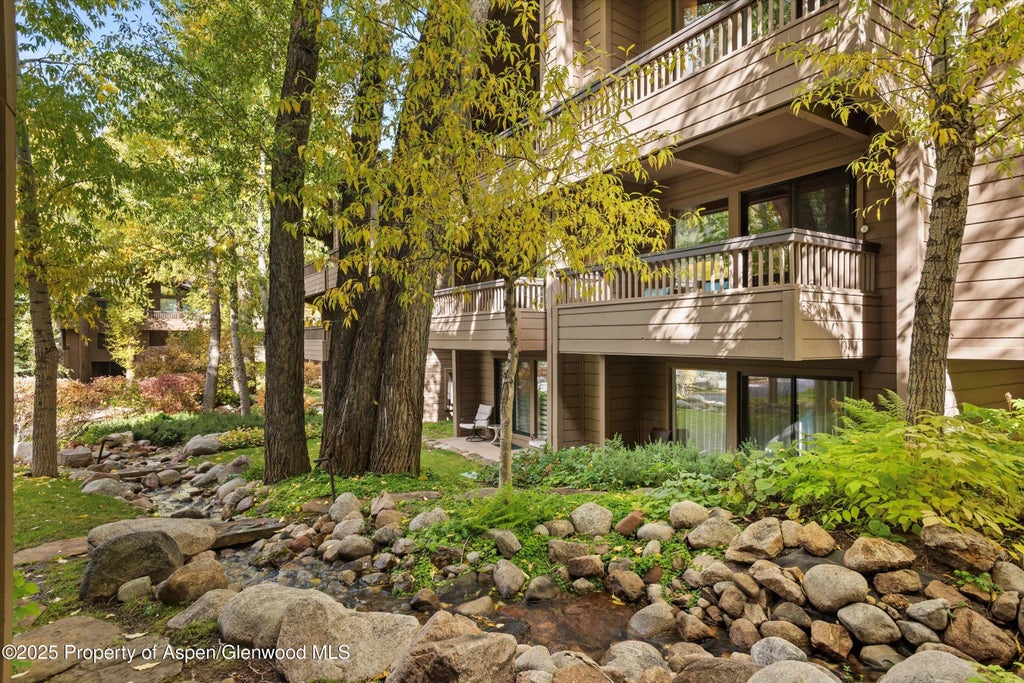
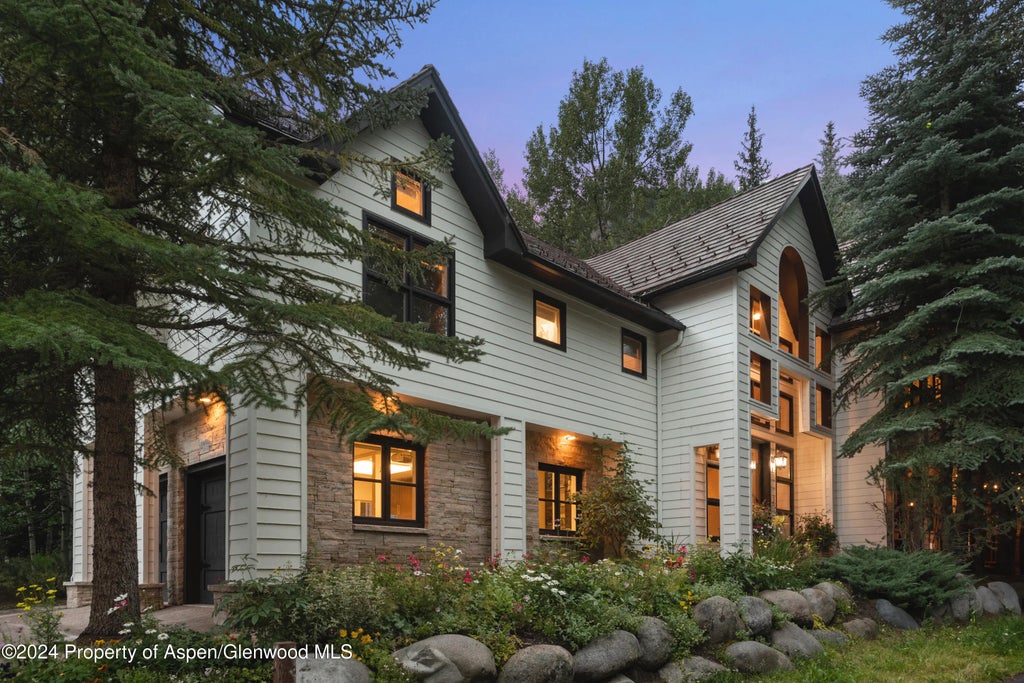
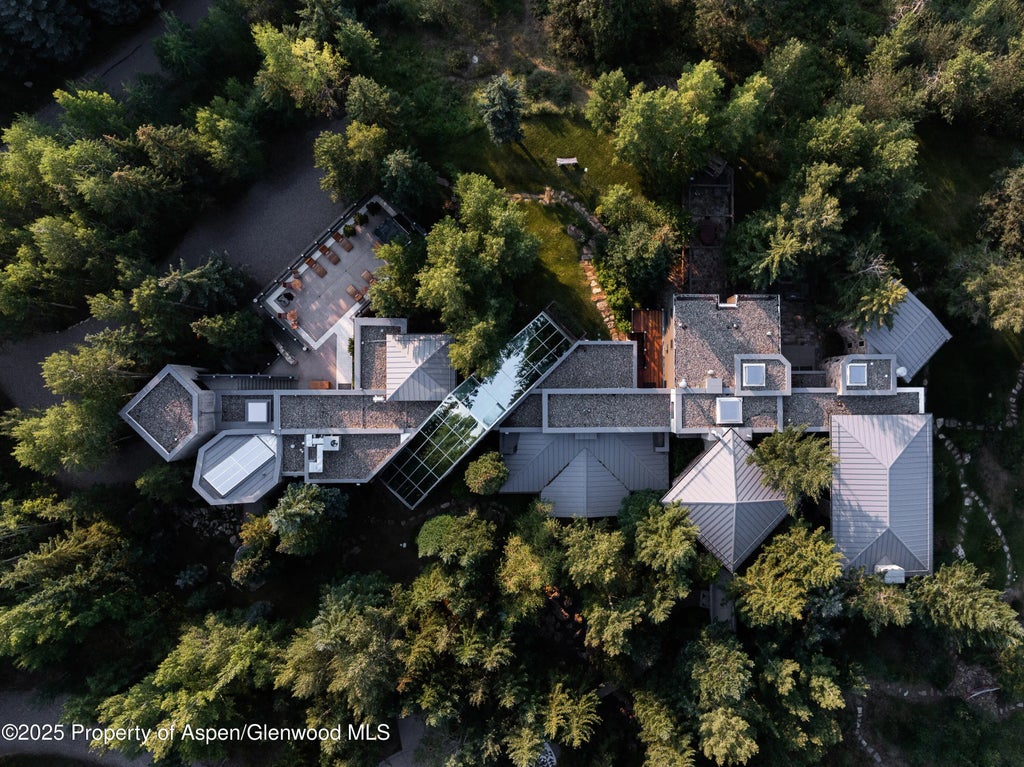
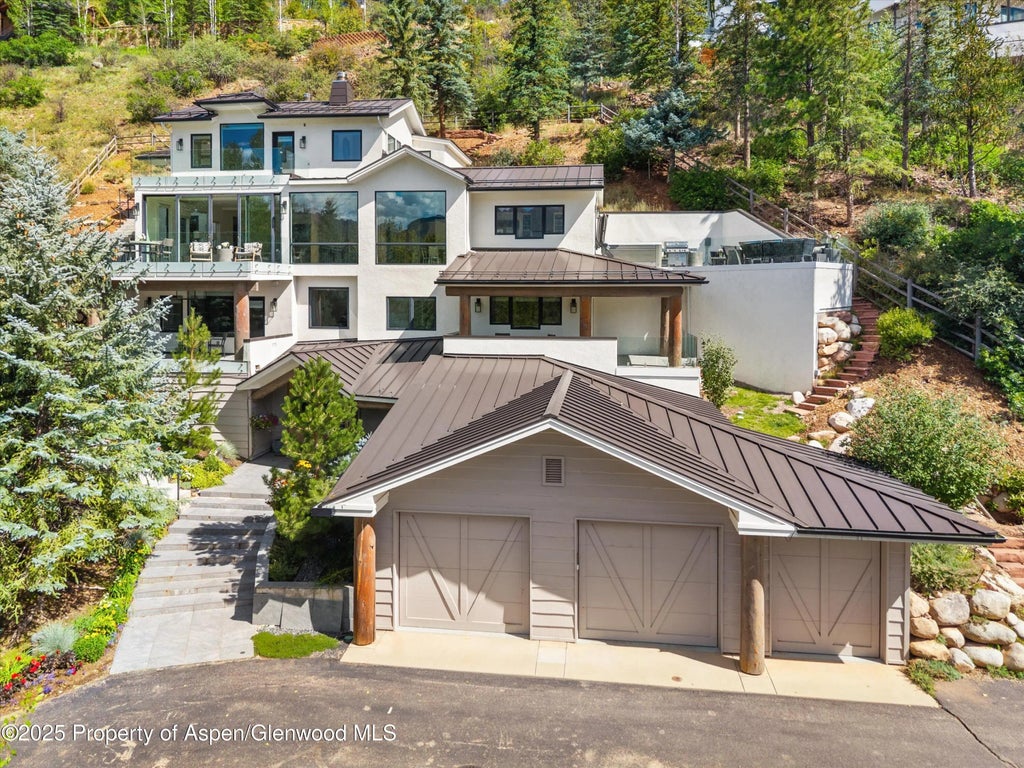
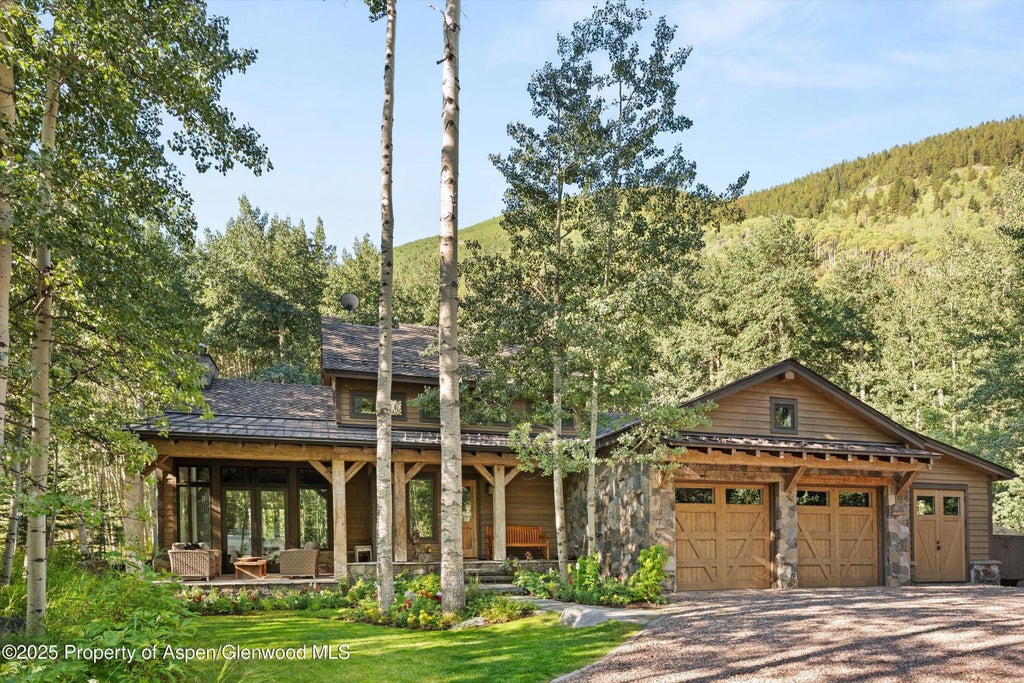
Leave A Comment